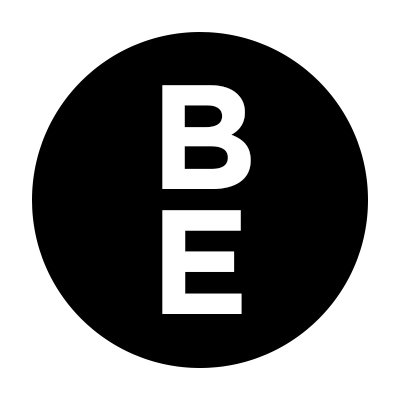It's not unusual to know little about your audience…
Many organisations, especially startups, know little more about their audience/customers, than a very rough gut instinct. This isn’t something to be ashamed of, just a reality.
But the sooner you get to know more about them, the sooner you can make your product development and marketing more effective, turning your market development from a guessing game, to insight led strategic business development.
The best way to learn more about your audience or customers is through a mixture of qualitative and quantitative research, but for many smaller businesses this at scale is out of the reach of most budgets.
So what can you do in the interim?
Startup audience profiling
We’ve all got to start somewhere and whether you’re a startup or an established small business, gut instinct is what we usually rely on. When in product development, we usually imagine our customers to some degree. All we suggest is that you create a profile of these imagined customers to help you to frame your thinking - over time these can be developed as you learn more about your actual customers or audience.
To start this ball rolling, we suggest you include some of the following details in a profile or persona:
Imagined name - it always helps to be able to reference a persona in discussion
Role - what does this person do at their workplace? If we can understand their work position more, we might be able to have a greater understanding of their needs and then how we can help them.
Interests - we need to reach this person, so that we can tell them about our great product, service or organisation. Finding them in their natural habit or talking their language can help us become part of their trusted network.
Needs - what needs might this individual have from us? If we can frame our thinking to reflect their thinking, we can shape our communications or even product development to meet these needs.
What they might already know of us or our product/service area - getting an idea of whether they’ve heard of us or even heard of the product or service area that we’re working in can really help. Do we need to explain what we do so they can see how we help? What do they understand of our product already?
Why choose us over competition - always good to reflect on this question to help shape strategy and deifine USP’s. But even better to do it through the eyes of a specific persona.
There’s more that we can add to a profile over time, but the above should give you a solid foundation to use. Now you just need to remember to use them when designing your comms, does a communication resonate with our profiles?
Continue to test and learn
Accept the fact that we don’t truly know our audience or customers and have an always on approach to testing and learning across all of our comms platforms, refining over time as we go. Below are some ideas on how we can do this on different channels:
Email - inevitably we might find ourselves using some cold data to grow our customer base initially, this isn’t something to be ashamed of, just a reality when you’re new to the market. Try creating multiple email funnels with content that can either address different needs or approach those needs framed in different ways. Try changing your recipient audience, perhaps the person you have been targeting is too senior, move down the management line and see if that works better, or vice versa. Likewise, as you grow your own email data, test what content works well with your audience by analysing open rates and click throughs.
Paid digital ads - don’t put all your eggs in one basket. Run small campaigns targeted around either one content or need theme, or audience. Next time run a campaign targeted using something different. Compare the two, which one gave you better returns. Numbers are usually small when you’re starting out with paid media, so keep your campaigns in clear silos so that you can analyse and compare data against each other more effectively.
Social - brands need communities to grow, they need advocates and ambassadors, people who believe in what you’re doing. Social platforms are a great place to form these communities, from here you can encourage them to join you in other channels, such as email, for greater conversion possibilities. But as with other channels, you need to learn about your customers to begin with. Try testing different types of content, see which is most appreciated. Play with your tone of voice a little to see which resonates best. Feedback on other similar organisations social feeds, so that you can capture a little of their reach. Find time to play and learn.
Web - Web is mostly likely to be your shop window for many brands in the market today. But the primary website is just one use of web based content that we have available to us. Landing pages can be a great way to communicate a specific message to a specific audience. You can tailor-make the experience, increasing the chance of attracting a new customer. Play with your tone of voice on your main website too. We might believe that our customers are revisiting our website daily to see what’s new, but the reality is, they’re unlikely to be. So test some new copy on key pages to see if you can better craft what you’re trying to convey about a product or service, especially if you’ve recently learnt something new about your market and prospects.
Talk to existing customers
So many brands are scared to ask their existing customers about why they choose you over competition, but done correctly this can be a mutually beneficial situation. Why not run a small workshop around the experience they are having to date with the service or product that they have with you. Or, if workshops aren’t possible, use a questionnaire. Working to improve the service or products you deliver to existing clients can help you to better understand your market as well as improving relationships with existing customers.
Look at your competitors customers
We’ve all done it. Unless it’s a completely innovative product we’re trying to create a market for, there’s usually someone that’s gone before us. It’s always helpful to understand who your competitors are in your market, but this type of work can be more valuable in understand who their customers are.
Social is a great place to do this. Most brands' followers are public, take some time to have a browser through and get a better understanding of their potential customer base. Platforms such as Twitter have the function to target ads that are “Look-like” customers of specific brands to help you get your brand in front of competitors customers as an alternative to what they already have.
Tools such as Ahrefs can allow you to see the performance of specific areas of content marketing. Support what you think might be a good area for you to develop content around, with insight on how your competitors might be performing in specific areas.
It’s just a start, but one worth doing
We all have to start somewhere, so it is best to do that “somewhere” with at least some form of strategy and tactics in play. Over time we need to revisit all of these areas and refine them until we become more and more assured that this is our market and these are our customers.
Ideally, with time, you can recruit potential customers for qualitative research to get a deeper understanding about your market, to help you to shape new product development or fine tune comms, we can help with this, you can read more about that here.
But in the first instance we can really help shape our thinking in a more informed manner by simply completing the tasks above. If you need help doing these, we run half day and full day “understanding your audience” workshops where we work with you to pull all of this together into a plan that you can then use to help you grow.
You can download a starter template that we’ve created for developing personas here:
Need some help to do this?
We’re always happy to help people to get started with this type of work. Whether you’re startup finding your feet or a growing brand wanting to define your audience with greater clarity.
We’ve got a number of ways to help, check out the below to see just some of the ways we can.


